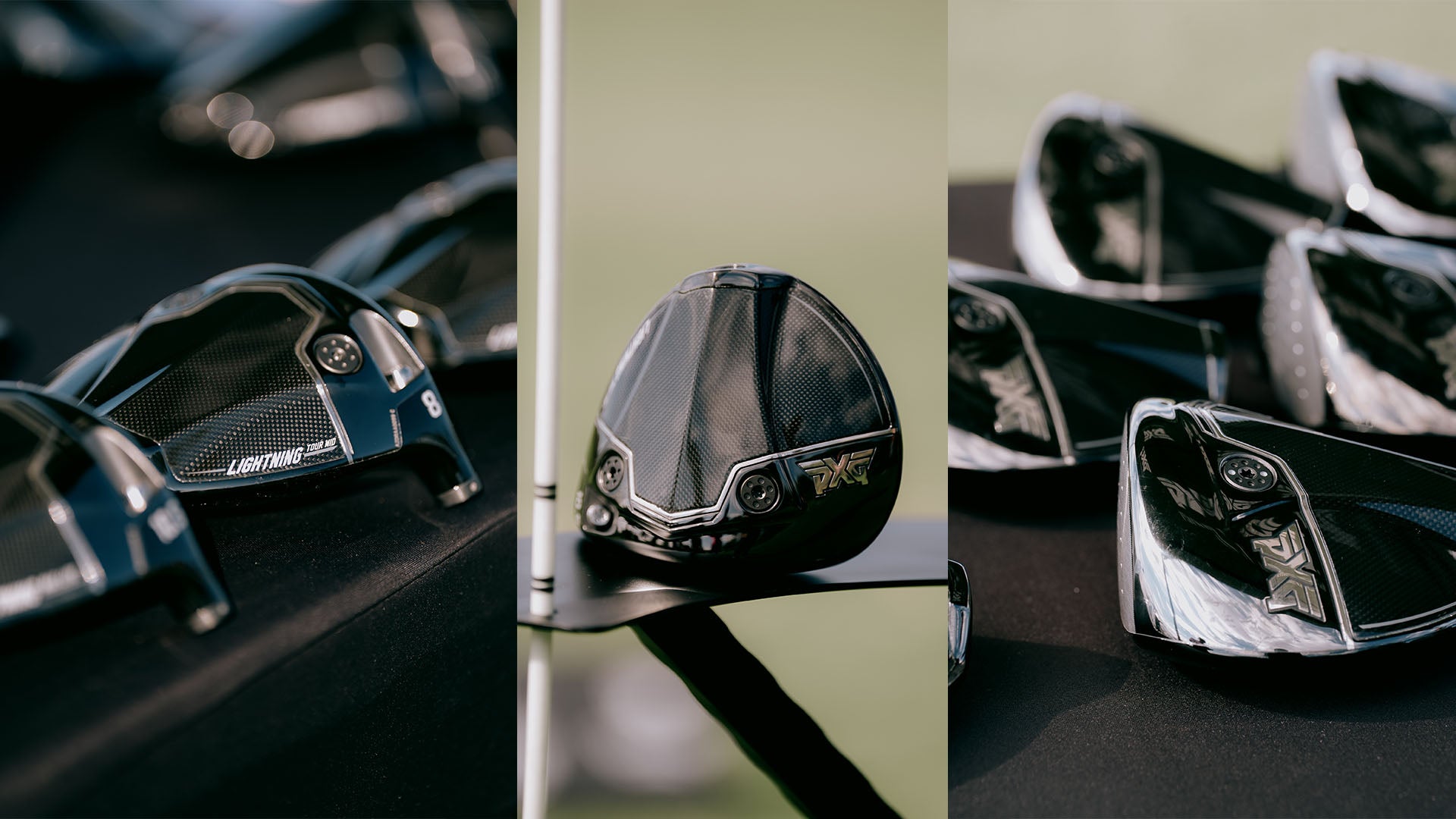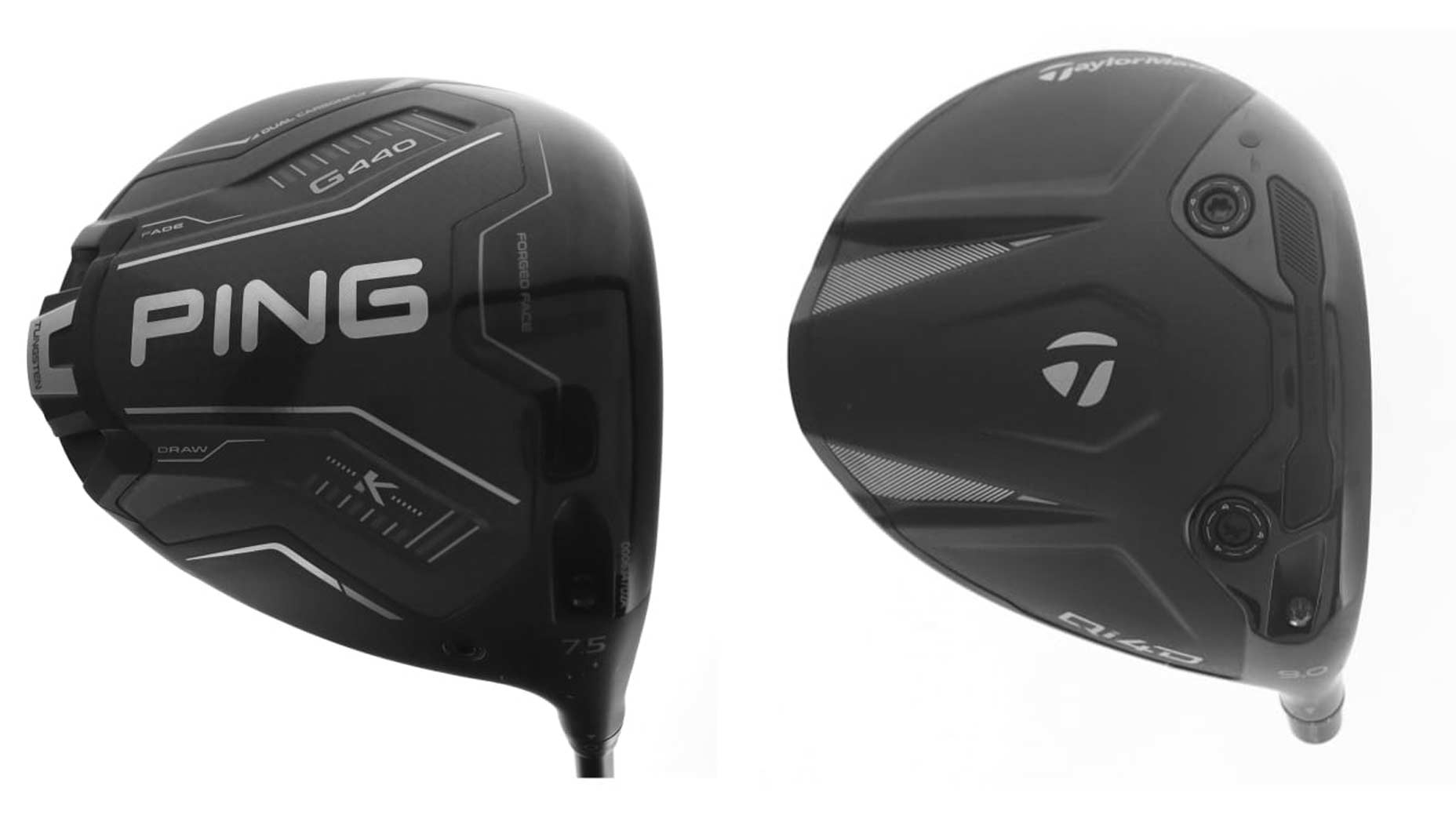Expect to see a bunch of golf balls teed low to the ground over the next few weeks. With the Scottish Open and Open Championship on tap, having a flighted driver or fairway wood in the bag can make a world of difference.
Simply teeing the ball lower will lower launch, but it alters other variables as well, including spin and dispersion. For the latest edition ClubTest Live, GOLF’s Jonathan Wall and Ryan Barath put three different tee heights to the test with Foresight’s GCQuad launch monitor collecting the data.
Here’s a look at the results:
Low tee height
Ball speed: 154.95 mph
Launch angle: 8.75 degrees
Backspin: 3,901 RPMs
Offline: 43.35 yards (right)
Carry: 230.85 yards
Insights: Lowering the tee height is going to require a negative angle of attack (AoA) to get the ball successfully downrange. It’s a great go-to shot if you’re in a pressure situation and need to find the fairway, but it’s important to understand that you’ll see a significant uptick in spin rate with a fade-bias shot shape.
All of that adds up to less carry distance and a longer club into the hole. But if it means avoiding the water hazard, it’s a fair tradeoff.
Mid tee height
Ball speed: 156.75 mph (+1.8 mph versus low tee height)
Launch angle: 11.05 degrees (+2.3 degrees)
Backspin: 2,880 RPMs(-1,020 RPMs)
Offline: 9 yards (left)
Carry: 259 yards (+28.15 yards)
Insights: Going to a more common mid tee height saw a noticeable uptick in launch angle and ball speed — as well as a reduction in backspin. The end result is more carry distance. No surprise there.
High tee height
Ball speed: 156.3 mph (-0.45 mph versus mid tee height)
Launch angle: 14.8 degrees (+3.75 degrees)
Backspin: 2,649 RPMs(-230 RPMs)
Offline: 1 yard (left)
Carry: 266 yards (+7 yards)
Insights: Teeing the ball high comes with some inherent risks. Misses are magnified, which can lead to some wild launch and spin deltas. That being said, the good shots are going to go. The highest ball speed was recorded with the high tee — and it was almost a full mile per hour faster than the next fastest ball speed. Launch went up in a big way as well as angle of attack became progressively more positive. If you’re looking for more distance, this is the obvious way to go.
Want to overhaul your bag for 2022? Find a fitting location near you at GOLF’s affiliate company True Spec Golf. For more on the latest gear news and information, check out our latest Fully Equipped podcast below.










